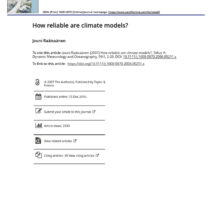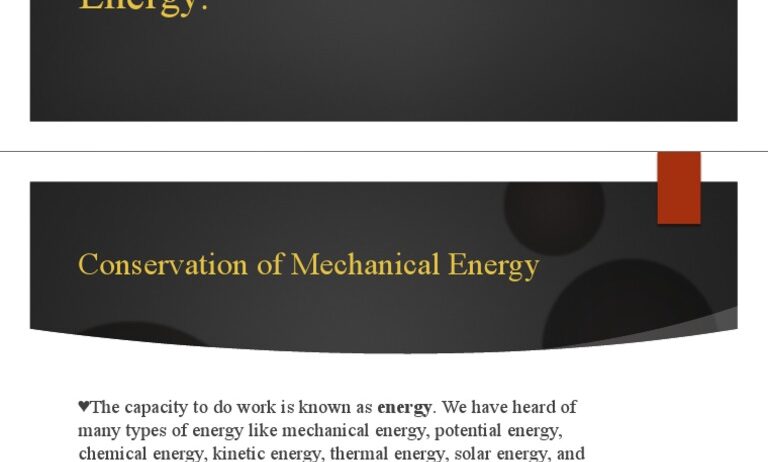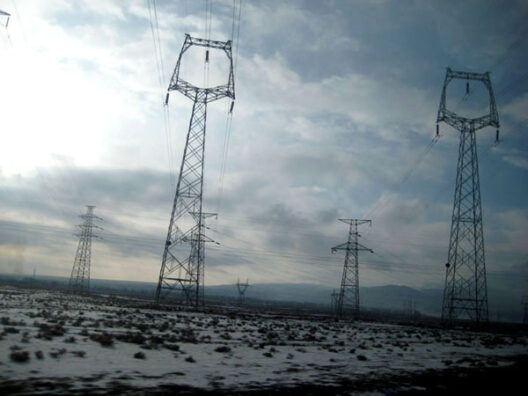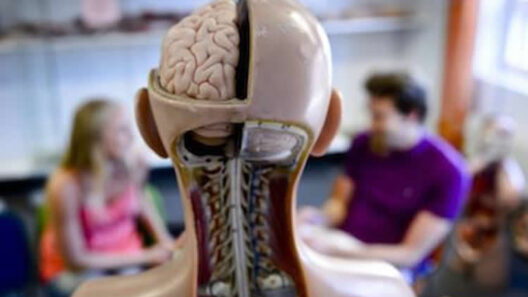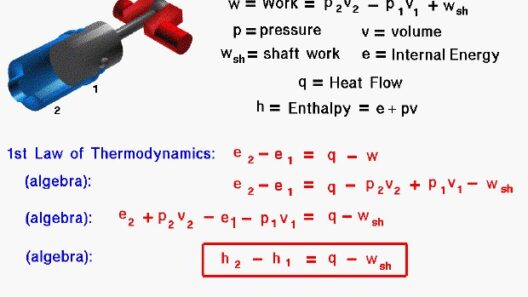Mechanical energy, a concept as fundamental as the laws governing motion, is a finite resource that dances between kinetic and potential forms, much like a delicate ballet. However, this performance can be disrupted by a variety of factors, each acting as a rogue dancer tripping the others. To appreciate the harmony of energy conservation, it is essential to delve into the common disruptors that hinder the seamless transition and preservation of mechanical energy.
One of the primary disruptors of mechanical energy conservation is friction. Imagine a road where both cars and bicycles navigate smoothly, yet even the most reliable vehicle can falter when met with rough terrain. Friction, a formidable foe, transforms kinetic energy into thermal energy, robbing the system of its potential to perform work. In essence, friction is the unseen hand that holds back the relentless march of machines. This phenomenon is prevalent in everyday mechanisms: gears grinding against one another, bearings losing their luster through wear, and surfaces experiencing erosion. Each instance steals a fraction of the mechanical energy that could otherwise contribute to the system’s output.
Aging infrastructure serves as another significant disruptor. Consider an aging bridge, which, while majestic in its original form, now bears the weight of years of wear and tear. Structural degradation leads to inefficiencies that cause wasted energy. Corrosion weakens metallic components, reducing their ability to transfer energy effectively. Likewise, the gradual deterioration of materials results in misalignment and deformation, significantly impeding the flow of energy and leading to increased losses. The implications of neglecting maintenance reverberate throughout the energy landscape, muting the potential of mechanical systems.
Moreover, the design and complexity of systems play a pivotal role in mechanical energy conservation. Inclusive design often introduces unnecessary complexity that obfuscates the flow of energy. Picture a convoluted machine with numerous interdependent parts; each added element increases the possibility of energy dissipation. Every turn, joint, and connection introduces potential points of failure where energy can escape. In stark contrast, simplicity often yields elegance in the realm of engineering, facilitating a more streamlined transfer of energy and promoting conservation.
Human error is yet another intruder on the ballet of energy conservation. Mistakes abound—setups poorly optimized, adjustments made without foresight, or maintenance skipped due to oversight. When humans take the stage, the choreography of energy can falter. A improperly calibrated machine may consume excess energy due to improper settings or misapplied force. Such errors, though seemingly trivial, can cascade into larger inefficiencies that derail entire operations, undermining conservation efforts.
The environment through which energy flows also contributes to disruptions in mechanical energy conservation. Temperature fluctuations act as external forces akin to unpredictable weather disrupting a carefully planned outdoor event. Cold settings may thicken lubricants, creating additional friction and leading to increased power requirements. Conversely, excessive heat can lead to thermal expansion, altering the dimensions of machine parts and increasing friction even further. Such variability in environmental conditions can significantly influence energy dynamics, accentuating the importance of maintaining a controlled operating environment.
In some instances, misleading assumptions can precipitate energy losses. Engineers and designers often operate under idealized conditions, neglecting to account for real-world variables that can disrupt energy flow. This creates systems that may not perform as intended when exposed to actual operational parameters. Relying on theoretical models that lack empirical validation may lead to a misguided allocation of resources and effort, ultimately paving the way for energy losses that escapade unnoticed.
Additionally, obsolescence rouses challenges to energy conservation. Just as fashion evolves, so too does technology. Outdated machinery may lack the efficiency of its contemporary counterparts, emblematic of an era where energy conservation was not prioritized. Using antiquated machinery can exacerbate energy losses and result in increased operational costs, prompting organizations to reconsider their assets in the quest for efficiency.
Lastly, the lack of regulation and oversight can exacerbate the challenges faced in mechanical energy conservation. Regulatory frameworks exist to ensure the adherence to energy conservation standards; however, when these are absent or poorly enforced, systems can operate inefficiently. Industries that cut corners to maximize output often overlook the latent energy conservation potential that adherence to standards could have unlocked. The consequences of neglecting regulation resonate throughout society, compounding energy waste at a large scale.
In conclusion, the conservation of mechanical energy is a delicate balance, easily disrupted by numerous factors. Friction, aging infrastructure, design complexities, human error, environmental fluctuations, misleading assumptions, obsolescence, and lack of regulation serve as adversaries to the preservation of energy. Recognizing and addressing these disruptors forms the foundation of effective strategies aimed at fostering energy conservation. Equipping ourselves with knowledge and vigilance, we can strive to protect this precious ballet of energy, ensuring that the performance continues uninterrupted for generations to come.

